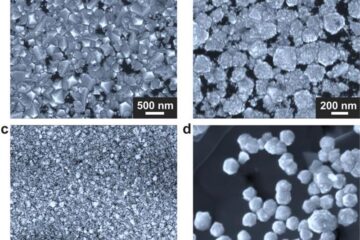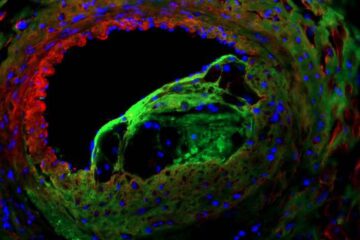Novel Inhibitors of Malassezia pachydermatis

Fungi (yeast) of the genus Malassezia are found on the skin of most humans and animals. In humans this disease is most commonly caused by Malassezia furfur. Infections with this pathogen can result in life-threatening fungemia and other nosocomial infections. Rare cases can be attributed to M. pachydermatis. Novel natural substances are provided, which show highly promising activity against M. pachydermatis. MIC values are comparable to those for terbinafine, which is a synthetic antifungal.
Further information: PDF
ESA Patentverwertungsagentur Sachsen-Anhalt GmbH
Phone: +49 (0)391/8 10 72 20
Contact
Peter Lösler
As Germany's association of technology- and patenttransfer agencies TechnologieAllianz e.V. is offering businesses access to the entire range of innovative research results of almost all German universities and numerous non-university research institutions. More than 2000 technology offers of 14 branches are beeing made accessable to businesses in order to assure your advance on the market. At www.technologieallianz.de a free, fast and non-bureaucratic access to all further offers of the German research landscape is offered to our members aiming to sucessfully transfer technologies.
Media Contact
All latest news from the category: Technology Offerings
Newest articles

Making diamonds at ambient pressure
Scientists develop novel liquid metal alloy system to synthesize diamond under moderate conditions. Did you know that 99% of synthetic diamonds are currently produced using high-pressure and high-temperature (HPHT) methods?[2]…

Eruption of mega-magnetic star lights up nearby galaxy
Thanks to ESA satellites, an international team including UNIGE researchers has detected a giant eruption coming from a magnetar, an extremely magnetic neutron star. While ESA’s satellite INTEGRAL was observing…

Solving the riddle of the sphingolipids in coronary artery disease
Weill Cornell Medicine investigators have uncovered a way to unleash in blood vessels the protective effects of a type of fat-related molecule known as a sphingolipid, suggesting a promising new…

















